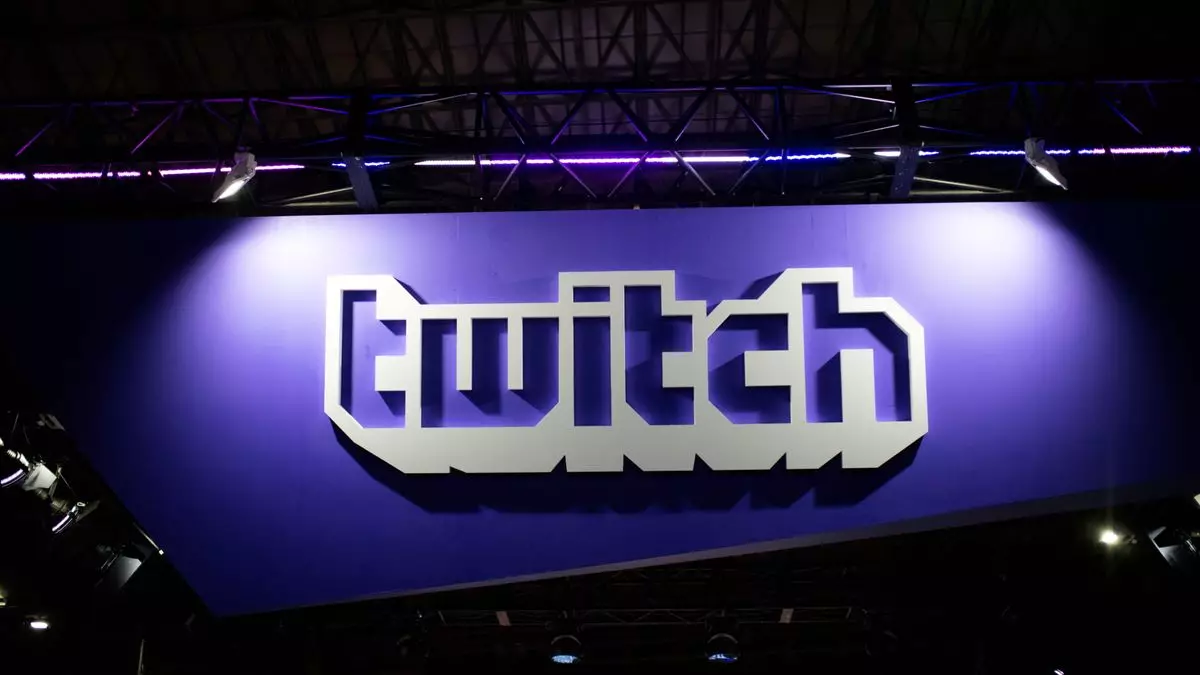In a bid to address recent controversies and enhance user experience, Twitch has introduced a new category in its content classification guidelines that focuses on “politics and sensitive social issues.” This initiative encompasses streams that address topics such as elections, civil rights, military conflicts, and other controversial matters. By instituting these classification labels, Twitch aims to shield viewers from content that may be offensive or unsuitable for younger audiences. While the intention seems noble—promoting safety and reducing viewer discomfort—the execution raises questions about effectiveness and potential overreach.
Historically, content that necessitated classification included mature themes, violent games, and illicit activities. The addition of discussions centered on political and social issues complicates this landscape. Twitch is tasked not only with moderating content that may be harmful but also with determining what qualifies for labeling. This ambiguity can lead to broader implications than anticipated, particularly regarding the freedom of expression and safety of diverse voices on the platform.
The announcement of these new guidelines comes on the heels of a particularly tumultuous month for Twitch, marked by a slew of controversies involving prominent figures and community backlash. Notably, streamer Zack “Asmongold” Hoyt faced suspension due to inflammatory remarks about Palestinians, highlighting concerns regarding hate speech and the responsibilities of platform moderation. Shortly after, other complications arose when Twitch was scrutinized for banning Arab streamers who participated in a TwitchCon panel deemed problematic.
Moreover, Twitch conceded that it had inadvertently disabled email-verified signups from Israel and Palestine, linking this decision to the onset of the Hamas attack on October 7, 2023, and resulting chaos. CEO Dan Clancy’s subsequent statements emphasized a commitment to combating racism, hatred, and harassment on the platform. However, these assurances did little to quell the distrust newly emerging within the community.
Amidst these upheavals, the redefinition of content guidelines confronts the precarious balance between allowing free discourse and imposing limitations based on interpretation. Twitch notes that educational streams focused on sharing knowledge devoid of advocacy will not require labeling, yet this criterion invites further confusion. For example, discussions on contentious topics such as voting rights or LGBTQ+ legislation raise dilemmas: are these educational dialogues or politically charged opinions? Who decides where the line is drawn?
Critics of Twitch’s approach argue that these guidelines may unintentionally foster an environment where bigotry and hate can thrive, shielded by ambiguity. As this community-driven platform aims to foster inclusivity, many streamers express worry about the potential fallout from labeling practices. LGBTQ+ streamers, in particular, have raised alarms about the necessity of labels when discussing their identities and experiences, fearing that such classifications will undermine their presence in the streaming community and deter sponsors.
Another layer of concern for creators is the financial implications of content labeling. Streamers know that advertisers often shy away from streams branded with content warnings, regardless of the context. CiCi, a streamer who has used her platform to advocate for reproductive rights, articulated her distress regarding the potential financial ramifications of the new guidelines. For her and many others, their streams are intertwined not just with passion but also their livelihoods.
As Twitch continues to grapple with these changes, the sentiment emerges that the introduction of these guidelines is a hasty attempt to mitigate backlash rather than a well-thought-out strategy for improvement.
This tumultuous introduction of content guidelines could serve as a profound opportunity for Twitch to engage directly with its community. A more transparent, collaborative approach in refining these guidelines can foster trust and equip streamers with a clearer understanding of the boundaries. Rather than viewing the introduction of classifications as a punitive measure, it could be transformed into a clarifying process that champions responsible content creation while safeguarding freedom of expression.
The next steps for Twitch must include comprehensive dialogues with streamers across the political and social spectrum. As the platform grows, building a vibrant, diverse community hinges on navigating the nuances of controversial subjects without stifling voices that deserve to be heard. As history has shown, policies implemented without community input could lead to backlash and erosion of trust – a fate that Twitch should strive to avoid. Ultimately, only time will tell whether these guidelines enhance the platform or create further divisions within its community.


Leave a Reply